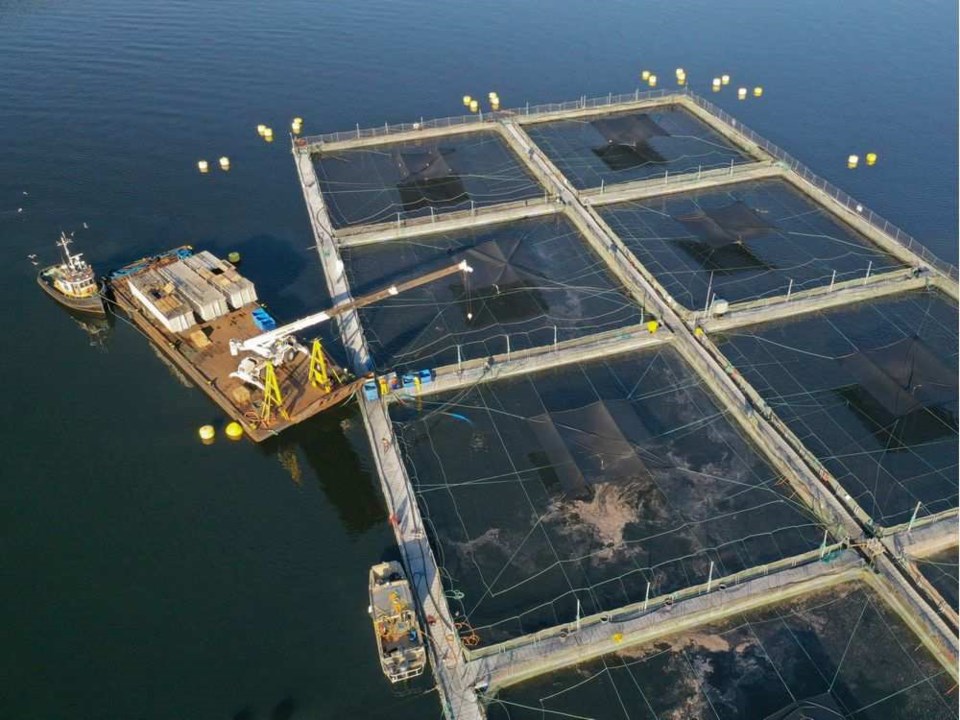Three salmon farms on the West Coast of Vancouver Island are cleaning up after a harmful plankton bloom killed 8% of their stock.
The affected farms are at Binns Island, Bawden Point and Ross Pass, located around Herbert Inlet in Clayoquot Sound, according to farm operator Cermaq.
These kinds of native algae — chaetoceros concavicornis and chaetoceros convolutes — have rigid spines that damage the gills of the fish, the company said.
Members of the Sea Shepherd Conservation Society are documenting the cleanup on video and still photos, which show some discoloured material on the surface of the water in the net pens.
“The video footage reveals the presence of thousands of dead and decomposing fish being loaded onto barges at the aquaculture sites while clean-up crews operate around the clock to clean up the mess,” the group said.
The company informed the Ahousaht First Nation, in whose territory these farms operate, of the bloom and its consequences last week.
To minimize the damage suffered by the Atlantic salmon grown at the affected sites, Cermaq took staff off of the farms and stopped feeding in order to discourage the fish from coming close to the water’s surface where the algae typically thrive, said sustainable development director Linda Sams.
Deep waters below the farms were pumped up to dilute the algae.
“Relatively low numbers of chaetoceros can be a real problem, but we were able to manage it,” she said.
Cermaq held off removing the dead fish to avoid attracting the healthy fish to the surface until the plankton count dropped to a safe level.
“The bloom has passed at this point and we are assessing the losses, which are about 8%,” she said. “Enough to be material to the business, but not catastrophic.”
The farms were treated for sea lice this year with a hydrolicer, a system that removes the lice using low-pressure water jets without the use of chemicals or drugs.
“The sea-lice count is well below three and when it gets above that you have to put a treatment plan in place,” she said.
In its first season, hydrolicer treatments captured 85% of the sea lice on the salmon and caused mortality of a fraction of 1%, she said.
“It has proven to be easy on the fish, even as we are learning to use it,” she said.



